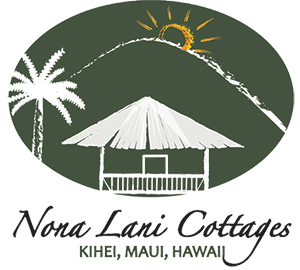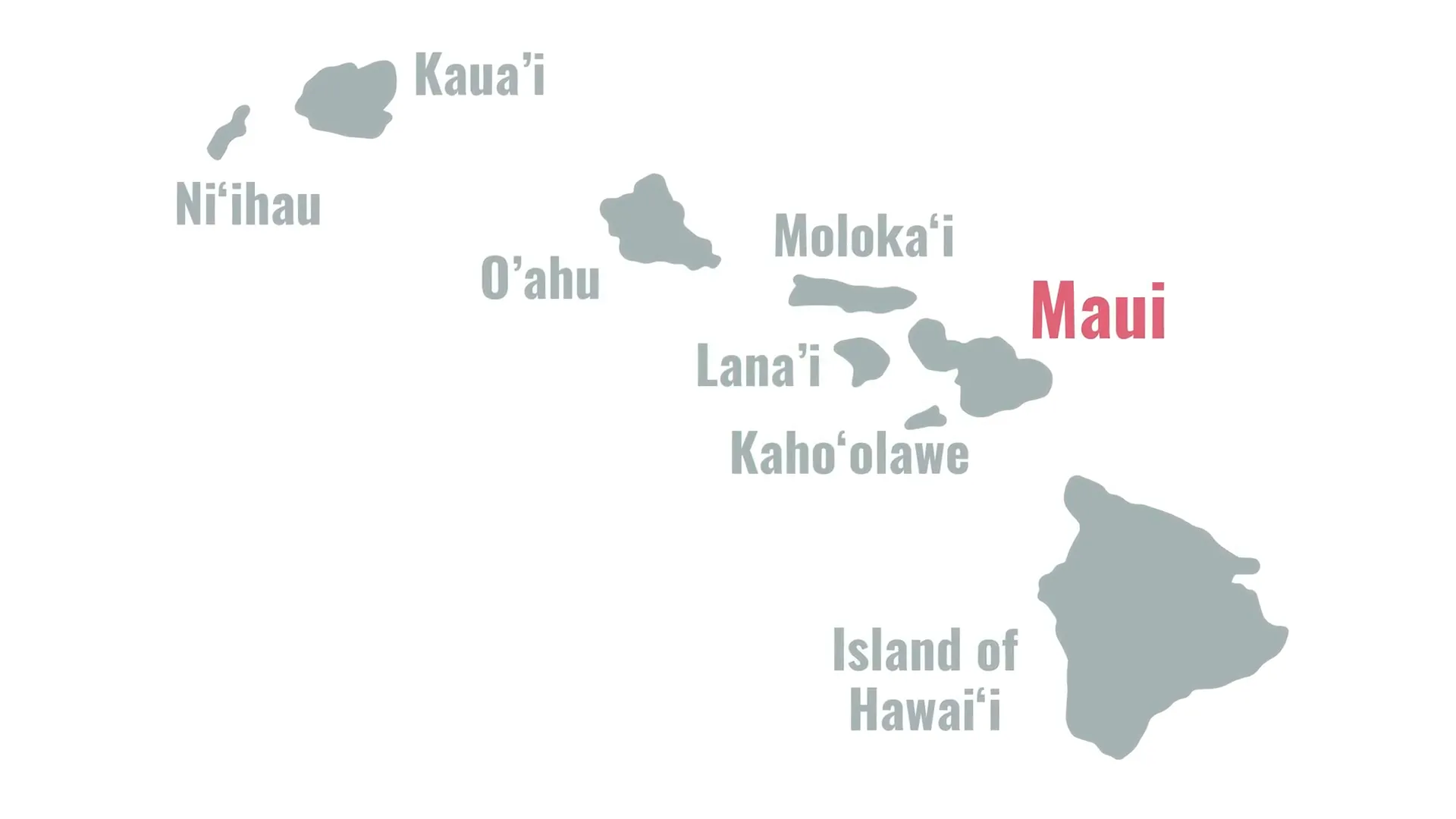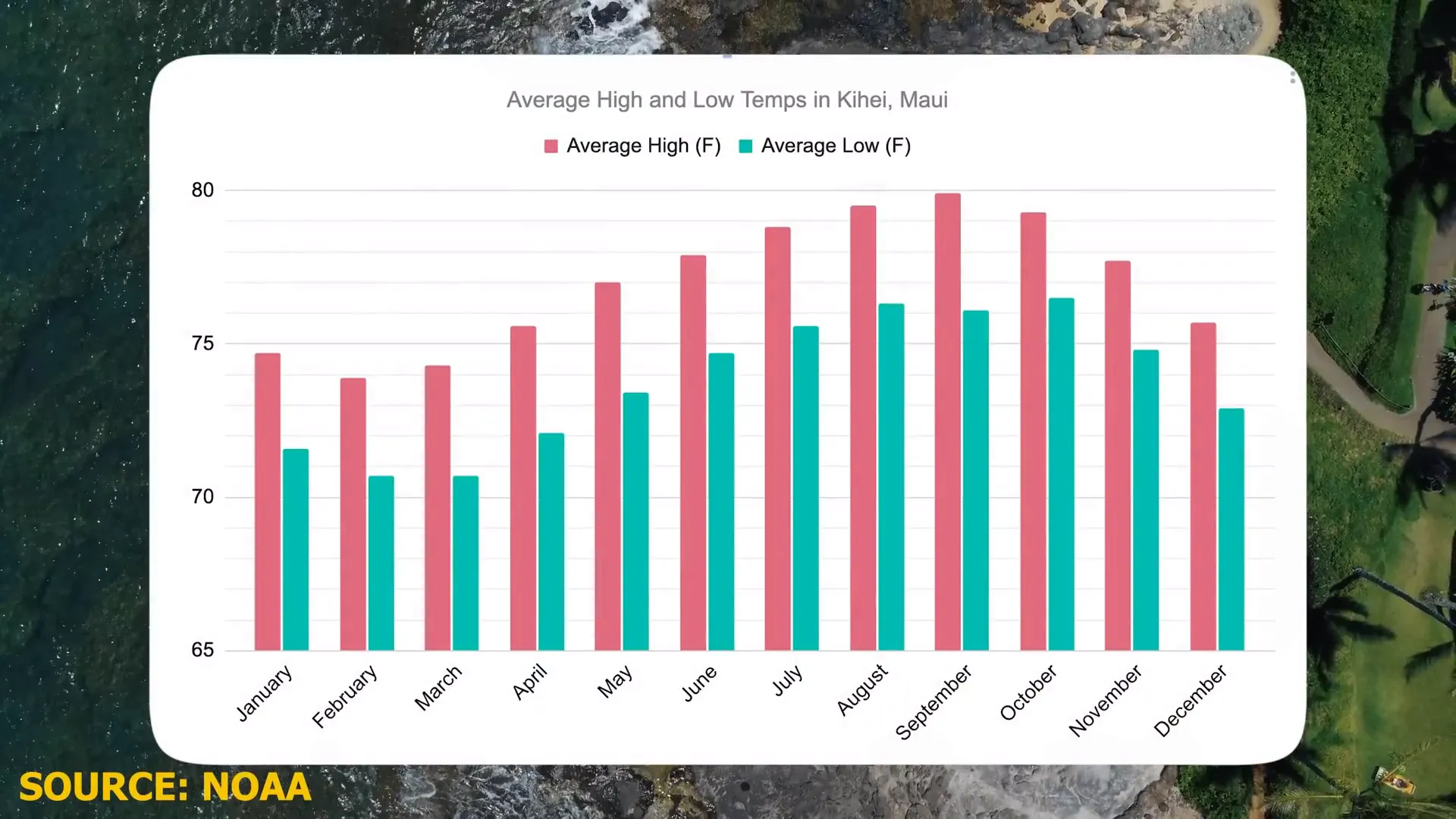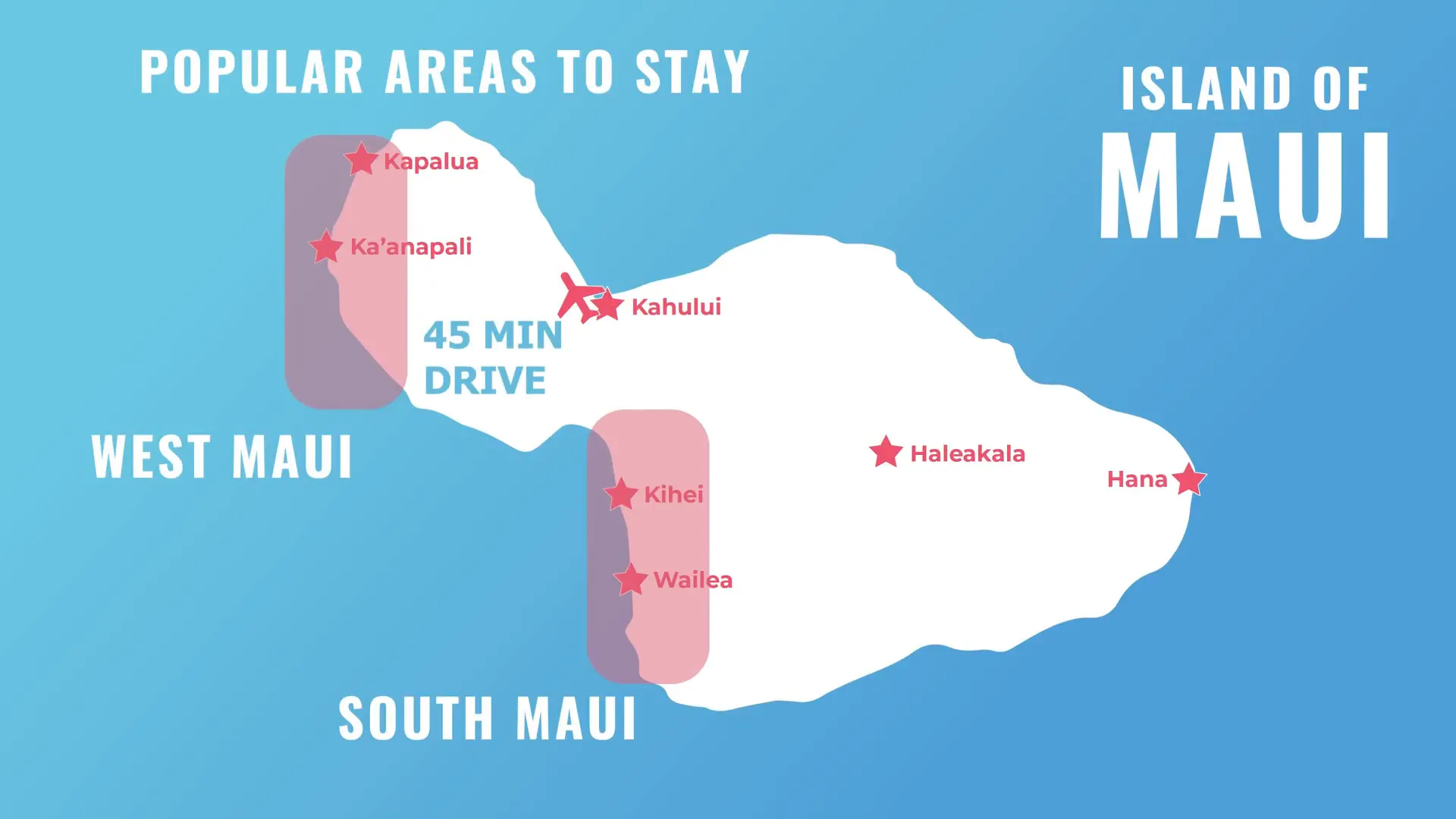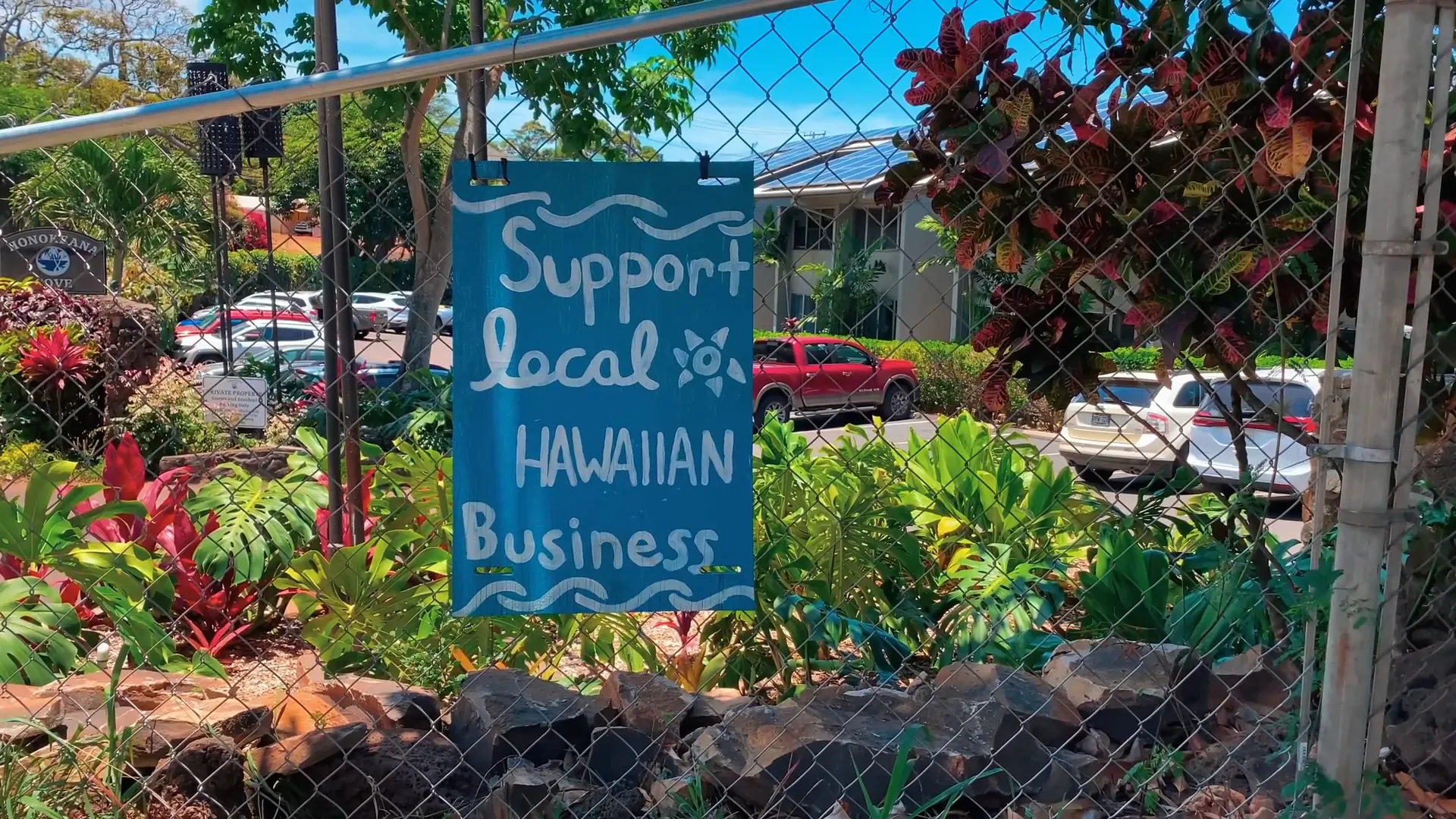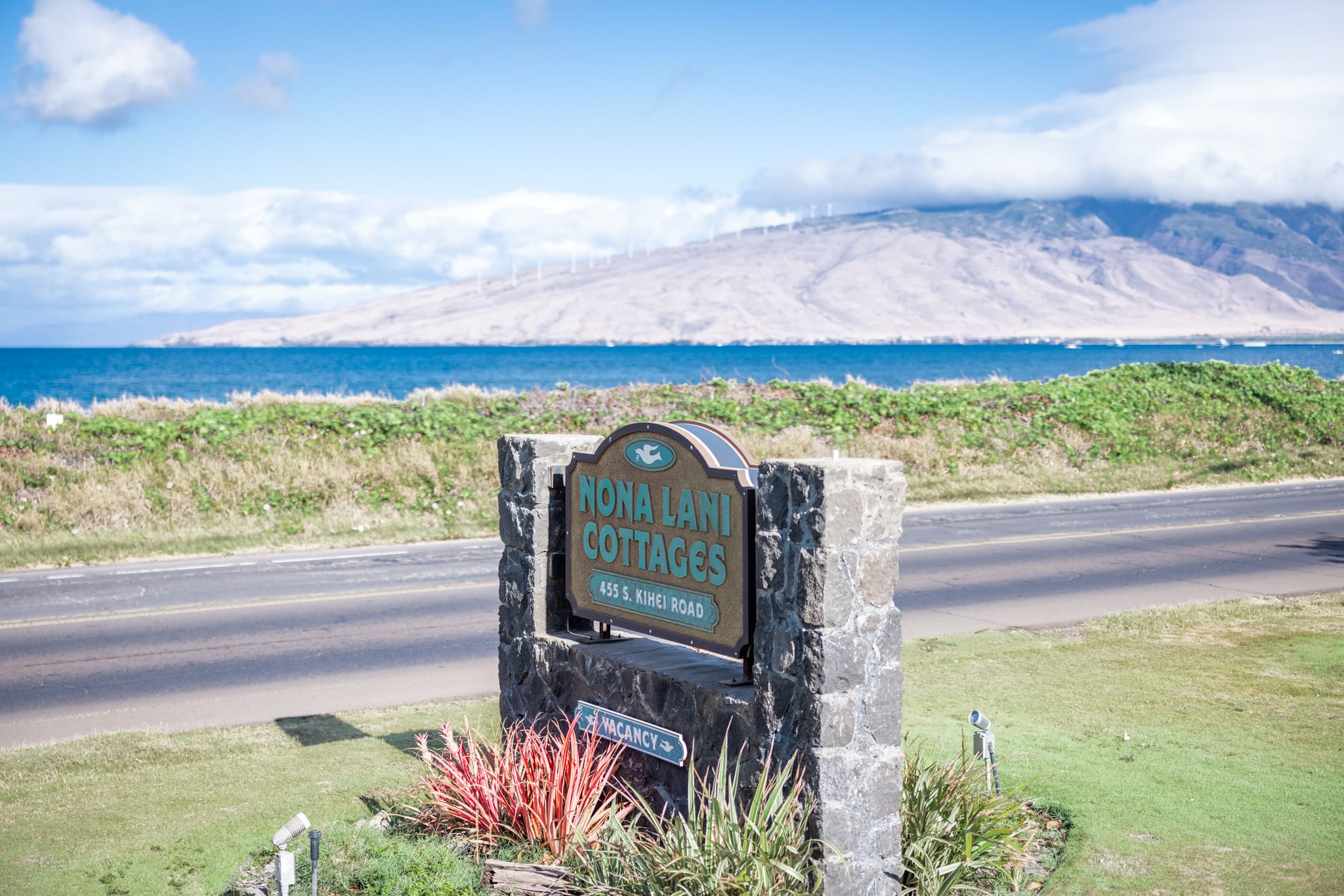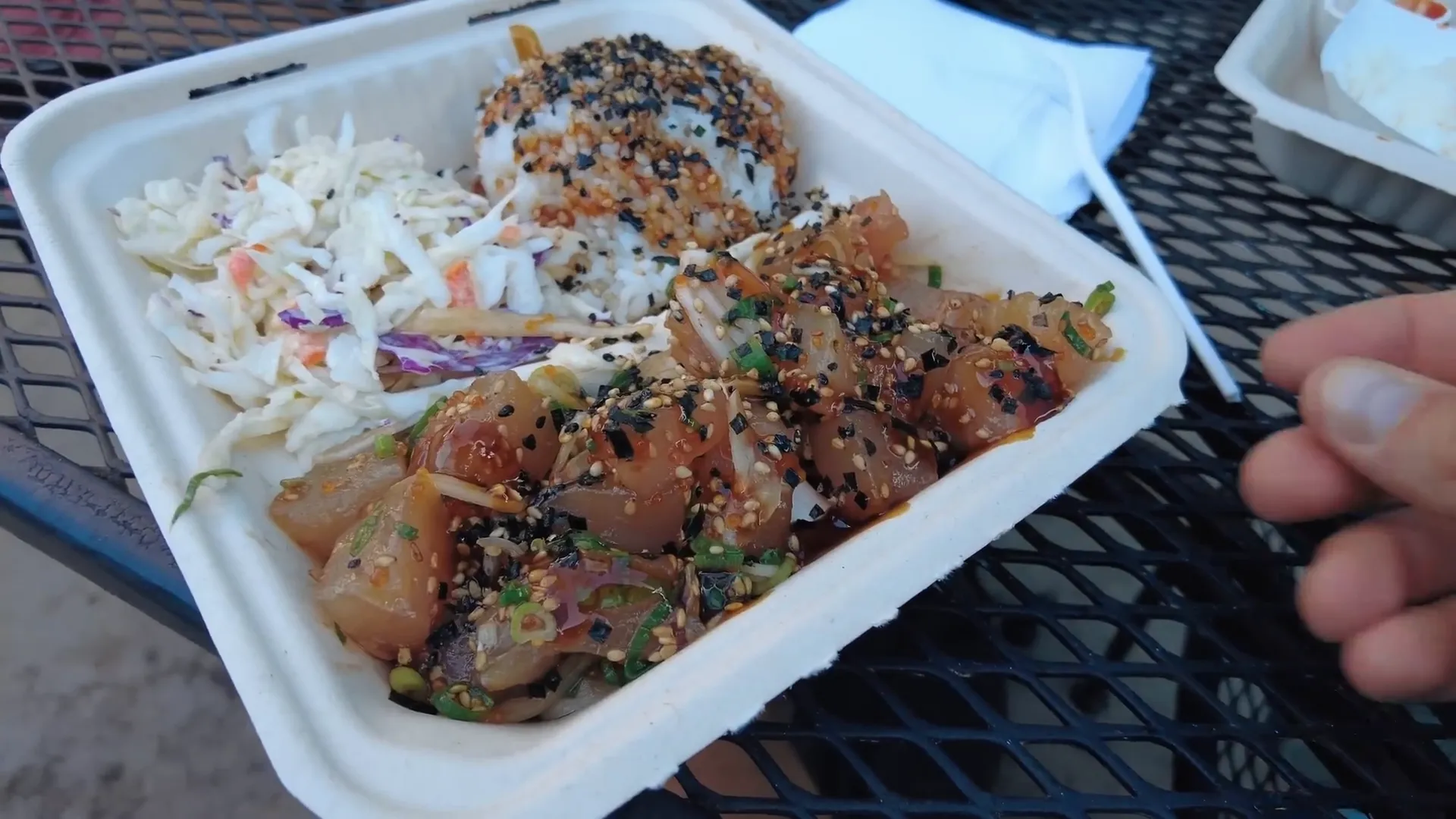Author
Aisha
Share

Author
Aisha
Share
Welcome to the beautiful island of Maui! In this comprehensive travel guide for 2025, we’ll cover everything you need to know to make your trip memorable. From where to stay and what to eat, to the best times to visit and activities to enjoy, we’ve got you covered!
Table of Contents
- Introduction to Maui
- Where to Stay in Maui
- Top Things to Do in Maui
- Where to Eat: Culinary Delights in Maui
- Essential Packing List for Maui
- Frequently Asked Questions
- Recap of Highlights

Introduction to Maui
Maui, known as the “Valley Isle,” is a tropical paradise that enchants visitors with its stunning landscapes, rich culture, and vibrant local life. With its diverse ecosystems ranging from lush rainforests to arid deserts, Maui offers an unparalleled experience for travelers. Whether you’re drawn to its pristine beaches, adventurous hiking trails, or the allure of its historic towns, Maui has something for everyone.
As the second-largest island in the Hawaiian archipelago, Maui spans 735 square miles and is formed by two shield volcanoes—Haleakala and the West Maui Mountains. The island’s unique geography creates distinct microclimates, making it a fascinating destination for nature lovers and adventure seekers alike.
Travel Forecast for 2025
Looking ahead to 2025, travelers can expect a dynamic landscape in Maui’s tourism sector. As the island continues to recover from recent challenges, rental car prices are anticipated to remain between $30 and $50 per day, influenced by supply and demand. However, during peak tourist seasons, such as summer and the holidays, prices may rise significantly, so early booking is essential.
Airfare is also projected to increase due to rising fuel costs and reduced flight availability. Despite a decrease in overall tourism, hotel prices remain high, with average rates hitting around $562 per night in mid-2024. This trend reflects the island’s ongoing allure and the premium placed on its accommodations.
Understanding Maui’s Geography
Maui’s geography is a cornerstone of its charm. The island features a unique mix of terrain, from the sunny leeward coast to the lush windward side. The leeward side, where most resorts are located, enjoys drier conditions and calmer ocean waters, making it ideal for beachgoers. In contrast, the windward side is characterized by its verdant landscapes, abundant rainfall, and breathtaking waterfalls.
Visitors often find the Road to Hana particularly captivating, as it winds through the island’s lush rainforests, showcasing its natural beauty. The historical significance of Maui’s geological formation adds another layer of intrigue, with the remnants of ancient volcanic activity shaping the island’s current landscape.
Best Times to Visit Maui
When planning a trip to Maui, timing is key. The island boasts a tropical climate with warm temperatures year-round, making it a desirable destination at any time. However, the shoulder months of May, September, and October are particularly appealing due to fewer crowds and potentially lower accommodation costs.
The peak tourist seasons coincide with major holidays like Christmas and New Year, as well as summer breaks, causing both crowds and prices to spike. For those interested in whale watching, the best time to visit is between December and April, with January and February being the peak months for sightings.
Getting to Maui: Airports and Transportation
Travelers arriving in Maui will most likely land at Kahului Airport (OGG), located centrally on the island. This airport serves as the primary gateway for international and interisland flights. For those staying in West Maui, Kapalua Airport offers a more localized option, but it primarily caters to interisland travel.
While public transportation exists, it is limited, making rental cars the most efficient way to explore the island. Major rental car companies are available at the airport, and local options like Kihei Rent A Car provide personalized service. For those who prefer not to drive, guided tours are a great alternative, especially for popular attractions like the Road to Hana or Haleakala National Park.
Exploring Lahaina
Lahaina, once the capital of the Hawaiian Kingdom, is a historic town that offers a blend of culture, shopping, and dining. Although still in the process of rebuilding, there are areas of Lahaina that remain open, including some restaurants and the renowned Old Lahaina Luau. This vibrant town is a must-visit for anyone wanting to immerse themselves in Maui’s rich history.
Visitors can stroll along Front Street, lined with galleries, shops, and eateries, or take a moment to appreciate the majestic banyan tree in the town square, which has been a central gathering place for over a century. While exploring Lahaina, be sure to support local businesses as they recover and adapt to the changing landscape of tourism.
Where to Stay in Maui
Choosing the right accommodation can significantly enhance your Maui experience. Situated on over two acres of lush tropical grounds in sunny Kihei, our family-owned and operated business has been welcoming visitors to the island since 1971.
The cottages and suites at Nona Lani Cottages provide various accommodation options suitable for families, couples, groups, or individuals, with both ocean and garden views available. Guests consistently praise the clean, comfortable, and authentic experience of staying at this property, which has earned a 4 out of 5 rating on TripAdvisor.
In addition to the charming accommodations, Nona Lani Cottages offers personalized recommendations and easy access to Maui’s top dining, beaches, and activities, making it an ideal base for exploring the island.
For a more tranquil getaway, consider Napili or Kapalua. Napili boasts a laid-back vibe with smaller resorts, while Kapalua offers a touch of luxury with its breathtaking beaches and upscale accommodations. If you’re seeking a luxurious experience, Wailea is the place to be. With five-star resorts like the Grand Wailea and Four Seasons, this area is ideal for those wanting to indulge in the finer things.
Tip: Always check for resort fees, as they can add significantly to your stay. Some resorts offer unique cultural activities included in these fees, so be sure to take advantage of them!
Top Things to Do in Maui
Maui is brimming with activities that cater to every type of traveler. Whether you’re an adventure seeker or someone who prefers relaxation, the island has it all. Start your journey with a visit to Haleakala National Park, where you can witness breathtaking sunrises. Reserve your spot early if you plan to go at dawn.
Don’t miss the famous Road to Hana, a scenic drive that takes you through lush rainforests and past stunning waterfalls. For those who prefer organized outings, consider joining a guided tour to fully immerse yourself in the natural beauty without the stress of driving.
- Snorkeling: Explore the underwater world at Molokini Crater or take a boat tour for a unique perspective of the island.
- Farm Tours: Visit local farms like O’O Farms for a farm-to-table experience or Surf and Goat Dairy for a fun family outing.
- Luaus: Experience Hawaiian culture through traditional luaus, which are a great way to enjoy local food and entertainment.
Where to Eat: Culinary Delights in Maui
Maui’s culinary scene is as diverse as its landscapes. From high-end dining to casual food trucks, there’s something for everyone. For a memorable meal, try Mama’s Fish House, known for its fresh seafood and stunning ocean views. Reservations are a must!
If you’re looking for something more casual, the food trucks scattered throughout the island serve up delicious local fare. Don’t forget to try poke from South Maui Fish Company or grab a refreshing shave ice from Olulani’s.
For a full list of must-try food trucks, check out our guide on 15 Must-Try Food Trucks in Maui.
Essential Packing List for Maui
Packing for Maui is relatively simple, but there are a few essentials you shouldn’t forget. Lightweight clothing is a must, as you’ll likely be in beachwear most of your trip. However, don’t overlook the need for a light jacket if you’re planning to visit Haleakala or if you’ll be out in the evenings.
Here’s a quick packing checklist:
- Swimwear and beach cover-ups
- Light jacket for cooler evenings or Haleakala visits
- Sun protective clothing to minimize sunscreen use
- Mineral-based sunscreen (it’s the only type allowed on Maui)
- Comfortable footwear for walking and hiking
For a more detailed packing list, check out our guide on finding the best vacation rentals, which includes packing tips!
Frequently Asked Questions
What is the best time to visit Maui?
The best times to visit are during the shoulder seasons: May, September, and October. These months typically see fewer crowds and better accommodation rates.
Do I need a rental car?
Yes, a rental car is highly recommended for exploring the island, as public transportation is limited.
Are there any safety concerns at the beaches?
The Pacific Ocean can be fierce. Always check lifeguard conditions, swim with a buddy, and never turn your back on the ocean.
What should I wear to a luau?
Dress in comfortable, casual attire. Aloha shirts or dresses are great options, and don’t forget your sunscreen!
Can I use regular sunscreen on Maui?
No, only mineral-based sunscreens are permitted to protect the coral reefs.
Is Maui family-friendly?
Absolutely! There are numerous activities suitable for families, including farm tours, snorkeling, and luaus.
Recap of Highlights
Maui is a destination that offers a little bit of everything. From luxurious accommodations in Kihei to the stunning views along the Road to Hana, each experience is unique. The culinary scene is vibrant, with options ranging from fine dining at Mama’s Fish House to the casual charm of local food trucks. Lastly, packing light with essentials like sun protective clothing and mineral-based sunscreen will ensure you enjoy your stay comfortably.
Whether you’re hiking Haleakala or relaxing on the beach, Maui promises an unforgettable getaway. So grab your bags and get ready for the adventure of a lifetime!
